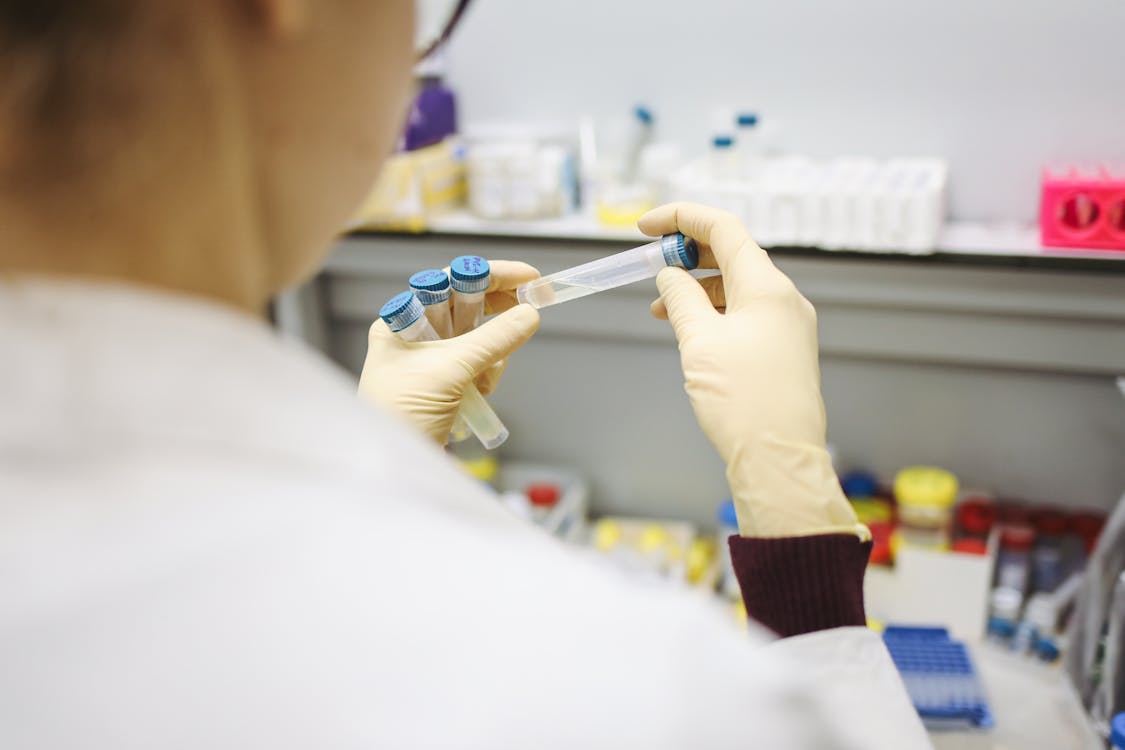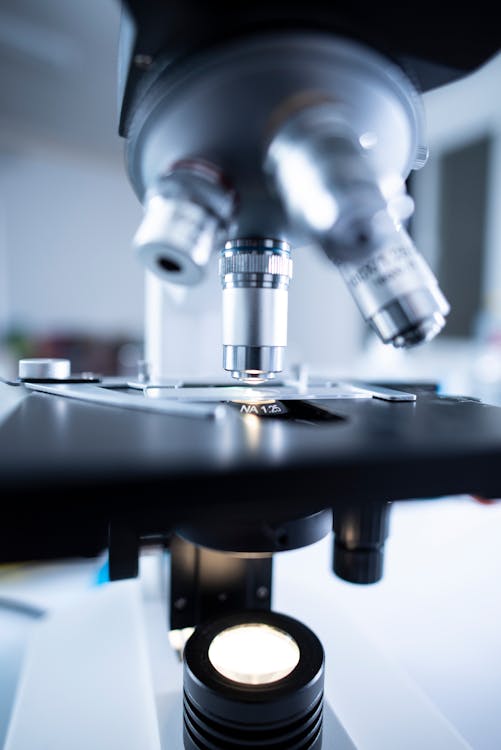Choosing the Right Centrifuge for Your Lab: A 2025 Buyer's Guide
Published on: October 12, 2025 | By: New Lab System
From separating blood components in a clinical setting to pelleting DNA in a molecular biology lab, the centrifuge is a truly foundational piece of equipment. However, with a vast array of models, sizes, and features available, selecting the right one can be daunting. A centrifuge that is perfect for one application may be completely unsuitable for another. This 2025 guide will walk you through the key considerations and common types of centrifuges to help you make an informed decision that enhances your lab's productivity and precision.

1. Start with the Basics: Key Questions to Ask
Before diving into specific models, you need to define your requirements. Answering these fundamental questions will narrow down your options significantly and ensure you don't overspend on features you'll never use.

Consider the following:
- What will you be separating? (e.g., cells, proteins, DNA, whole blood) This determines the required speed and g-force.
- What volume and vessel type will you use? (e.g., 1.5 mL microfuge tubes, 50 mL conical tubes, 96-well plates) This dictates the required rotor type and capacity.
- Do your samples require temperature control? For sensitive biological samples like proteins and RNA, a refrigerated centrifuge is essential to prevent degradation.
- What is your required speed or RCF? Specifications are given in revolutions per minute (RPM) or Relative Centrifugal Force (RCF or g-force). RCF is a more standardized measure, and it's crucial for protocol reproducibility.
2. Common Types of Centrifuges Explained
Once you know your needs, you can explore the main categories of centrifuges. Most labs will have one or more of these workhorses.
General Purpose / Clinical Benchtop Centrifuges
These are versatile, medium-speed units designed for separating samples like blood, urine, and cell cultures. They typically accommodate a variety of tube sizes (from 5 mL to 100 mL) with interchangeable rotors and buckets, making them a staple in clinical and cell culture labs.

Microcentrifuges
Compact, high-speed, and designed for small sample volumes (typically 0.2 mL to 2.0 mL), the microcentrifuge is essential for any molecular biology lab. They are used for tasks like pelleting DNA/RNA, proteins, and performing quick spin-downs. Both refrigerated and non-refrigerated (ventilated) models are widely available.

High-Speed & Ultracentrifuges
These are highly specialized instruments capable of generating immense g-forces (up to and over 1,000,000 x g). High-speed centrifuges are used for separating subcellular organelles, while ultracentrifuges are required for isolating much smaller particles like viruses, lipoproteins, and extracellular vesicles. They require special rotors and stringent safety protocols.



0 comments